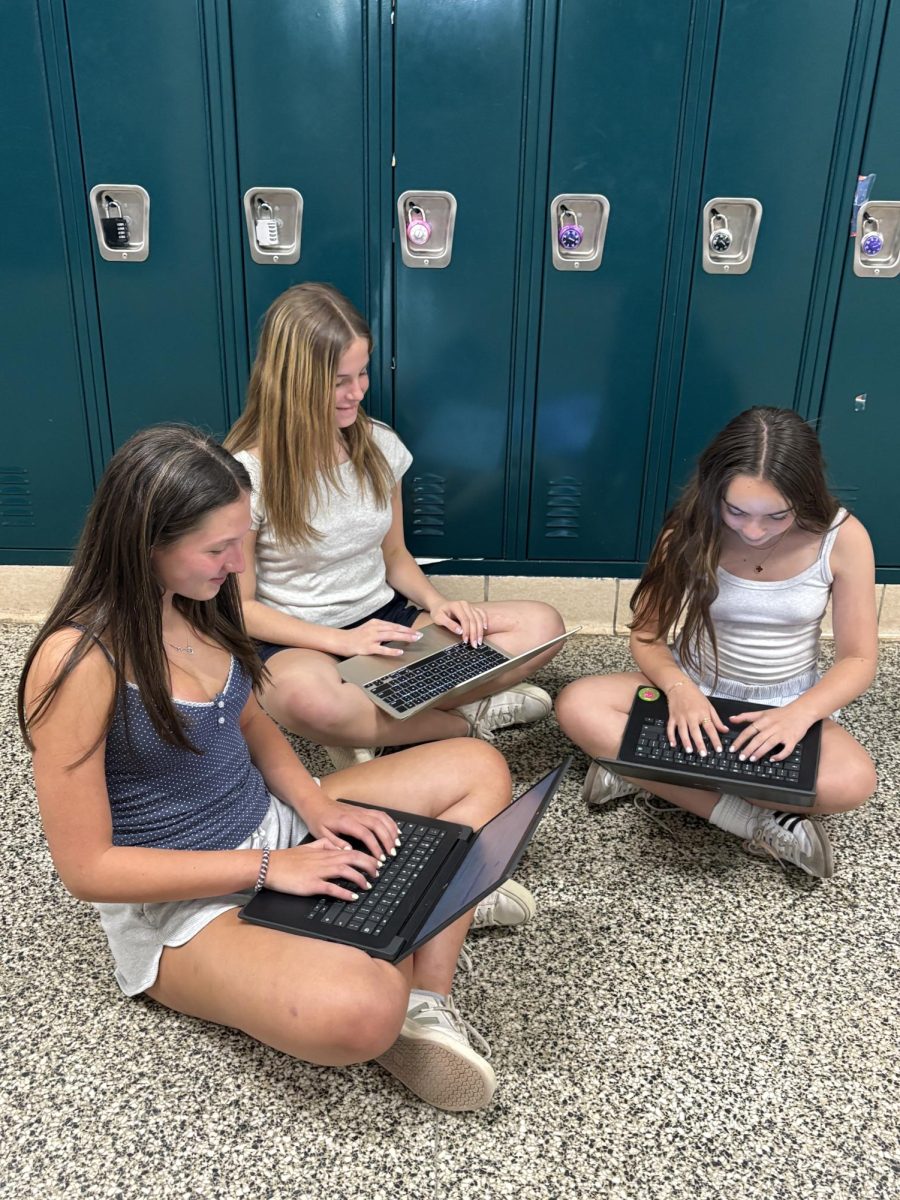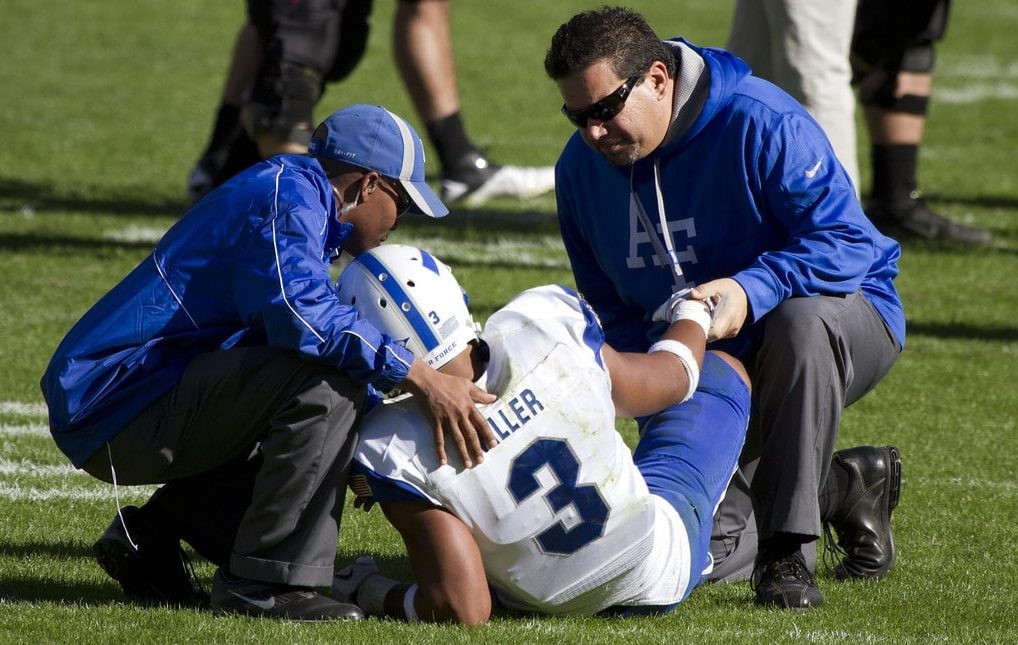For multiple years, Edison Intermediate School (EIS) has been using a rule called “20/20 lunches.” A 20/20 lunch is a schedule where you eat for 20 minutes, and then you go outside or stay inside for 20 minutes (depending on the weather). Some people say they would rather eat for the entire 40 minutes, while others say that they would like to choose whether they eat or not. This plan has raised a lot of different opinions and debates, and people still struggle with the decision. 20/20 lunches aren’t a good policy because students don’t have enough time to eat, and it prevents people from seeing their friends.
To begin, schools with 20/20 lunches give students an inadequate amount of time for students to eat. Many students feel as if they only get to eat a snack and have to go to recess. Edison Intermediate School student Aurelie Duguid said, “I think that there should be more time in general for both lunch and recess.”
Students should have more time to eat instead of worrying about how fast they should be eating. It is unhealthy for students to rush and stuff themselves with food too fast. As eighth grader Navaeh McKenith explained, “I think 20/20 lunches are useless. I don’t finish my food on time, and I’m always rushing. We should get 40 minutes to eat.”
A study from a few years ago showed that when students have less time to eat, they eat less. “Sixty-five percent of the students in the study had less than 20 minutes to eat their lunch, and those students consumed significantly less of their entrees, vegetables, and milk compared to students who had at least 25 minutes to eat. They ate 13 percent less of their entrees, 12 percent less of their vegetables, and drank 10 percent less of their milk, Cohen found” (Education Week). This shows that students are eating a healthy diet when they get more time to eat. The numbers decreased more than they should’ve when five minutes were taken away from the subjects’ lunch time.
Furthermore, with 20/20 lunches students with later lunches have to wait for 20 minutes for their time to eat while they are outside in the cold weather or the hot sun. Many people don’t get to socialize as much as they could during their lunch break. This affects the amount of social interactions that students at EIS should be having at school, five days a week. Social interactions in middle school can be both exciting and challenging. At these ages, students are learning how to communicate more openly with other students and teachers, making new friends, and sometimes facing conflicts during school hours. Friendships often shift throughout the three years of middle school as people discover things and share interests or deal with misunderstandings. Students also find it hard to bond with new friends if they don’t have enough time in the day to talk to them. Some students might find it hard to fit in with others, while others could enjoy being a part of different social groups, making it easier to stay connected during these hours, like lunch, recess, and any other free time. “I am not a fan of 20/20 lunch because one of my friends Taylor only eats with me once a week for only 20 minutes. I never get to see her,” said eighth grader Laila Mehmedovic.
Again, middle school is a time of growth, which includes socializing with friends you don’t have classes with at lunch. “I don’t like it because I don’t get to see certain people I want to see during lunch,” said eighth grader Gavin Salerno.
There are definitely some problems to contend with if students are allowed 40 minutes of lunch time. For example, the lunch line would be super long with all eighth graders in the cafeteria. As EIS student Casey Smith said, “I like 20/20 lunches. I think the cafeteria is less crowded, and it is easier for people to get their lunch.”
In addition, EIS student Mimi Valle explained, “I am against 20/20 lunches because there isn’t enough time to eat and spend time with my friends.”
Overall, 20/20 lunches aren’t a good policy because students don’t have enough time to eat, and it prevents people from seeing their friends. Something that we can do to fix this is provide schools with a new rule that allows students to eat for a healthy amount of time and still get to play outside or study if they want. We can also make a flexible schedule that allows people to eat a snack or two if they get too hungry. To sum up, a fair lunch and/or outside time would make schools better.










